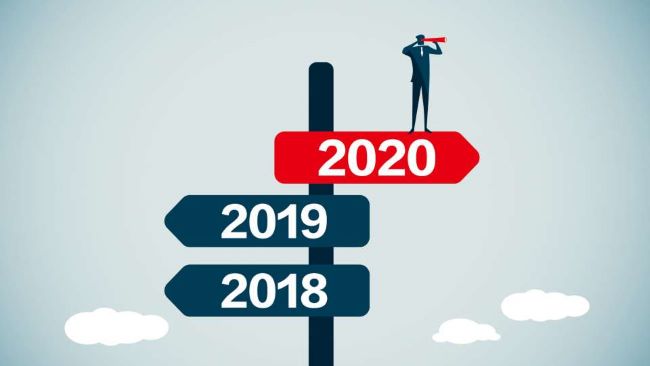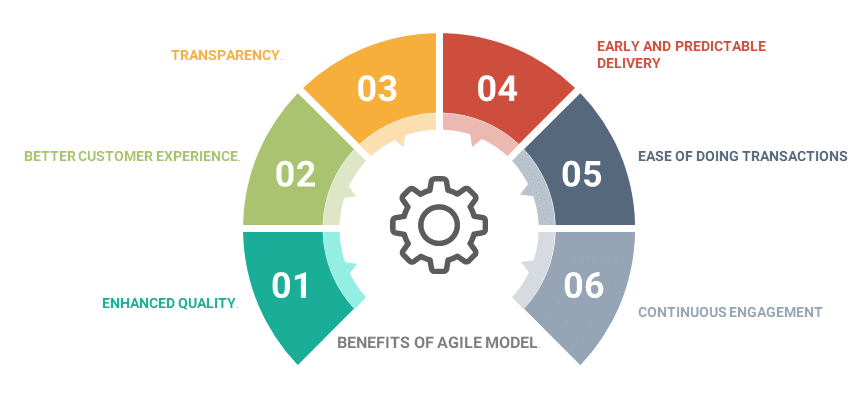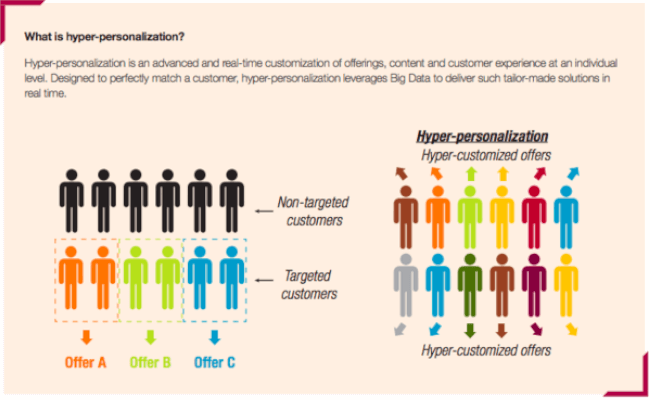CX definitely made some waves in 2019 with the hype of artificial intelligence, voice commerce and chatbots. And sure, these are still very much talked about in Digital CX but there’s a lot more on the menu this year. In fact, experts are already calling 2020 the year of ‘significant digital CX transformation’.
It’s a new decade and while digital CX continues to maintain its status as a key differentiator, technologies are advancing at an ever brisker pace and organisations are becoming more proactive in their CX efforts.
From the adoption of an agile approach and a narrowed focus on customer transparency and data compliance to the rise of hyper-personalisation, here are the top Digital Customer Experience (CX) trends to look out for in 2020.

Trend 1: Agile enters the world of CX
Agile is a hugely influential development in the world of software and technology. This methodology essentially entails frequent interventions and collaboration between IT and business groups, orchestrated through a test-and-learn approach.
However, when applied to CX, agile translates to more than just quick iterations (although this plays a huge part) such as quickly closing the feedback loop. It also encompasses continuous customer learning, focusing on initiatives that provide value to customers and cross-department collaboration. Why? Because these efforts feed into a stronger long-term strategy, leading to innovation and meaningful improvements.

Source: ToolsQA
An agile CX approach will be expected of companies who wish to be successful in customer experience. In fact, according to a White Paper by West Monroe Partners,
71% of CX leaders expect greater agility to translate into improved customer experiences
So what’s the best way to start? Perhaps one of the easier ways of kicking off your new agile strategy is by decentralising your CX efforts. CX should be an integral part of every role in the organisation, so start getting everyone on board with CX performance and goals for 2020.

Free White Paper: The future of Online Customer Feedback
Learn how you can leverage the power of online customer feedback to optimise websites and apps.
Trend 2: Transparency will win the race
Transparency is a big one this year. As customers become more savvy, their expectations continue to rise. And as Strativity nicely puts it,
Any challenging interaction between a customer and a company is typically due to an unmet expectation
So this year, organisations are really going to have to start living up to their value offering and giving their customers the answers they need.

For example, if a company collects user feedback from its online customers, it’s important that the company actually does something with this data rather than letting it sit in an inbox or dashboard. If this isn’t done effectively, odds are the customers will start to lose faith in the idea that the organisation is listening to their input and putting it to use to better the CX.
And it’s not just customer feedback, but customers also want companies to be more transparent with regard to pricing, business practices and advertising. Do this and the rust and credibility will follow.
Trend 3: Continued focus on Data Compliance & Security
OK, so perhaps this is not one of the most exciting of trends, but it remains one of the most critical. The reason being is that – put simply – data breaches are messy and the cleanup is rarely a smooth process. And not only that, but data breaches can be very damaging to the reputation of a business. In fact, a study from Neustar showed that over 50% of consumers will view a brand negatively over one year after a data breach! That’s quite the grudge if you ask me.
Luckily there are plenty of measures businesses can take – or are legally obligated to take – to ensure that they are compliant. The first is to make sure your digital tools are compliant. Consult your Processor (e.g. a SaaS company such as Mopinion that handles other organisations’ data) and learn which measures they are taking to protect your data. Are they GDPR compliant (should that apply to your organisation)? Do they encrypt privacy sensitive data for you? Do they offer a DPA (Data Processing Agreement)?

Source: Redmond Magazine
Want to learn more about GDPR and how this affects data security measures within online feedback collection? Click here.
On the other hand, the threat may also lie within. In other words, employee education is equally as important. Are your own employees aware of what it means to be data compliant? You hear horror stories of data breaches spurring from actions such as employees using a tool without notifying the IT team, or sending out emails with business-sensitive information and cause considerable damage. It happens all the time.
IT security decision makers also ranked accidental employee breaches as one of their top three concerns (46%), just behind external hacks (55%) and malware (53%)
As we enter into a new decade and as big data continues to play a big role in the way we conduct business, it’s time to really crack down on your security measures.
Trend 4: Things are getting (hyper)personal
Ever heard of the term, ‘hyper-personalised CX’? With the surging amount of online content competing for the attention of customers, many organisations nowadays are relying on hyper-personalisation as a way of differentiating themselves from competitors. Achievable only if you have in-depth data about your customers, this practice not only captivates the minds of customers but keeps communications between the organisation and the customer relevant.

Source: Shopify
So what’s the difference between personalisation and hyper-personalisation? Personalisation is essentially just calling the customer by name and keeping an eye on their preferences, whereas hyper-personalisation is more focused on determining and acting upon this data in real-time.
69% of consumers WANT to have a personalised experience, and yet less than 50% of brands are ACTUALLY delivering
In 2020, it is expected that more and more businesses will start experimenting and developing a hyper-personalised CX; a trend which will leverage various technologies. For example, we’ve seen many organisations integrating their feedback and chat solutions with CRM tools, to both collect meaningful insights and line them up with the customer.
Trend 5: AI remains complex, but it isn’t going anywhere…
And of course, this list wouldn’t be complete without mentioning the much talked about AI technologies headed our way. In 2020, AI will continue to add significant value to our online human-to-human interactions. And while it’s already capable of accessing and applying data, streamlining processes and predicting future scenarios, there’s still a lot to gain from these technologies. The question is how?

Surprisingly, according to an article in Adweek,
Despite investment, research publications and job demand in the field continuing to grow through 2019, widespread business adoption remains stubbornly low’
The reason being is that AI remains a complex technology, especially for the less tech-savvy audience. But this is expected to make a turn for the better as businesses in 2020 will start seeking out tools that commoditise these technologies. And on top of that, recent breakthroughs such as open-source language processors and the ability to create synthetic data are making the adoption of AI more tangible for organisations.
Here’s to a successful 2020!
Obviously we cannot predict the future, but one thing is for sure – old strategies will not always fit with what the future holds. Digital CX is a rapidly evolving field, which means businesses must continue to improve upon their processes and make forward progress.
So if you’re thinking about implementing a new customer experience strategy in 2020, keep innovating and keep your focus on your customers!
Want to learn more about Mopinion’s all-in-1 user feedback platform? Don’t be shy and take our software for a spin! Do you prefer it a bit more personal? Just book a demo. One of our feedback pro’s will guide you through the software and answer any questions you may have.Ready to see Mopinion in action?







